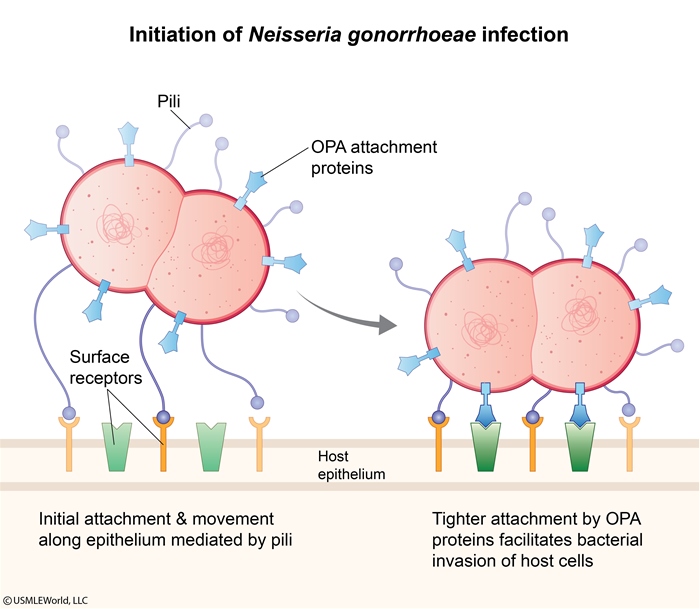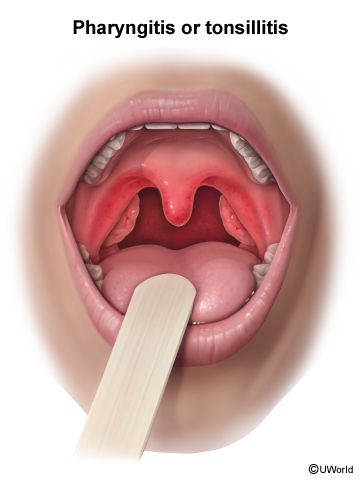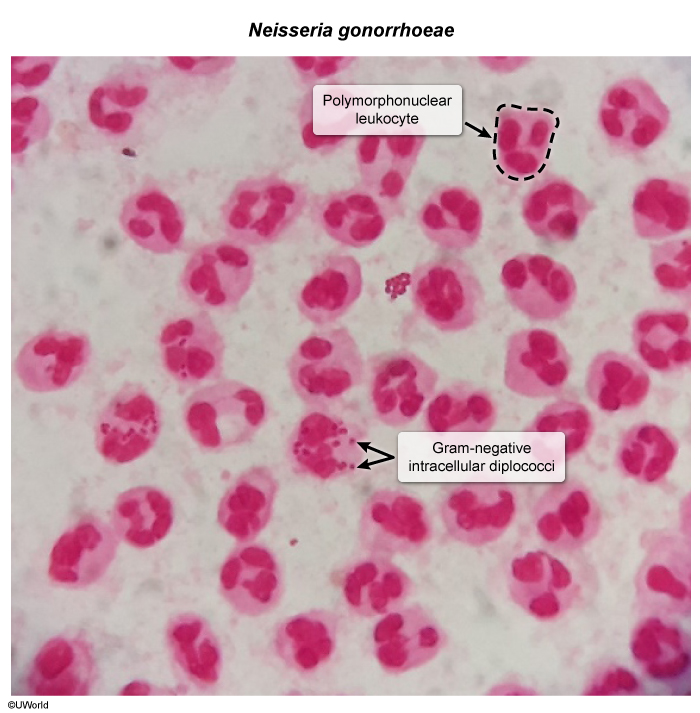Neisseria Gonorrhoeae (Gonococcal) Infection
Article Sections
Introduction
Neisseria gonorrhoeae is a gram-negative diplococcus responsible for the sexually transmitted infection gonorrhea. Its clinical manifestations are broad, ranging from asymptomatic infection to severe, disseminated infection. It has high rates of transmission and is a significant global disease, affecting primarily sexually active young adults.
Pathogenesis
N gonorrhoeae is primarily transmitted through sexual contact; howevever, vertical transmission can occur during vaginal delivery. N gonorrhoeae has multiple virulence factors that allow it to cause local and disseminated disease. The bacteria invade epithelial cells, causing cell death, inflammation, and the characteristic purulent discharge associated with gonorrhea. Dissemination can occur through the bloodstream, leading to systemic symptoms in severe cases. The process of pathogenesis involves the following:
- Attachment and invasion (Figure 1): N gonorrhoeae expresses a number of surface molecules that allow it to attach to host epithelial cells and neutrophils. Interactions between host and bacterial surface molecules then allow gonococci to invade host cells, where they can then replicate intracellularly and cause local disease at the site of inoculation.
Continue Learning with UWorld
Get the full Neisseria Gonorrhoeae (Gonococcal) Infection article plus rich visuals, real-world cases, and in-depth insights from medical experts, all available through the UWorld Medical Library.
Figures



Images
